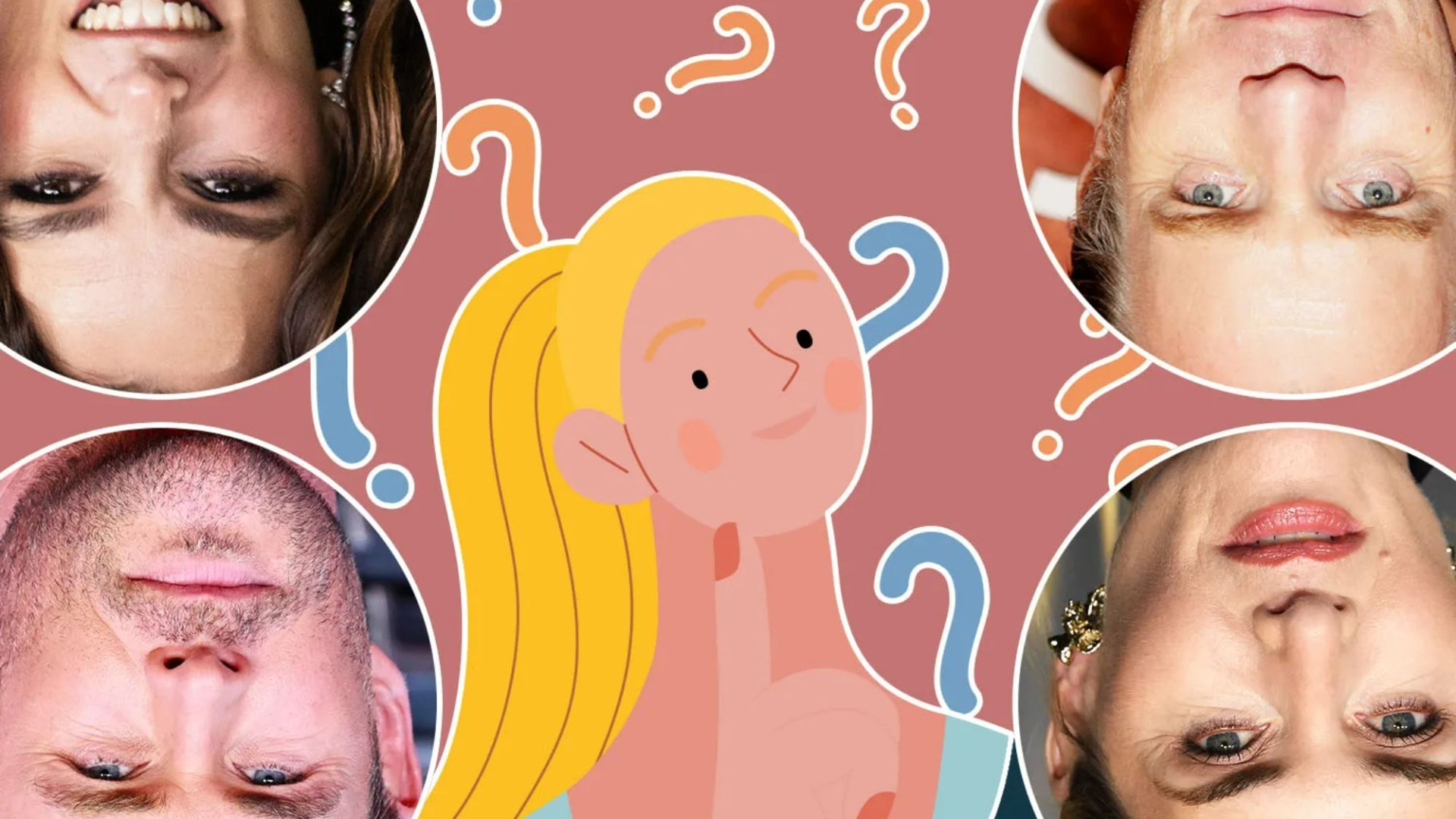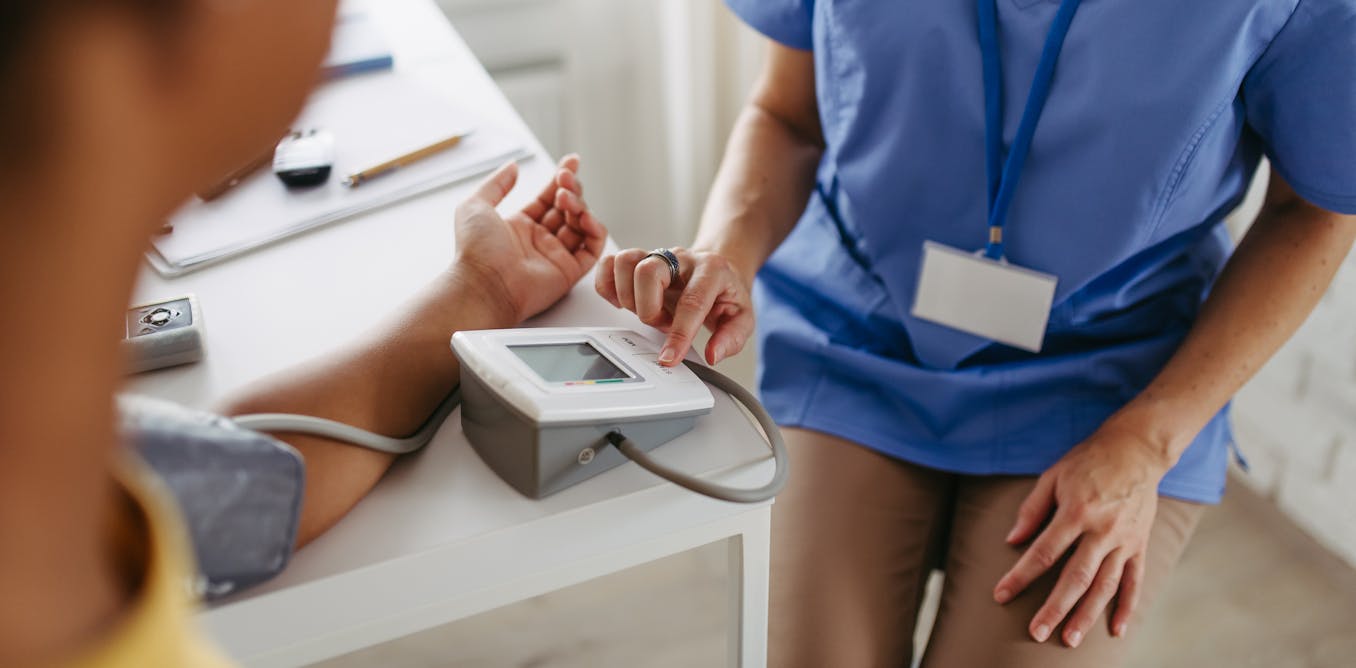ARE you able to recognise people you’ve only met once but haven’t seen in decades?
Then you could be amongst the 0.1 per cent of the population who have enhanced facial recognition abilities known as ‘super recognisers’.
8
Super recognises can recognise and recall thousands of faces, often after seeing them only once.
They could easily pick out faces they’ve only seen briefly from a crowd.
And they’re often considered better than computerised facial recognition software, especially when CCTV images are poor quality.
Some super recognisers can also identify and match faces they’ve only seen once, even if an image of the face has been flipped upside down, part of the face concealed, pixelated, or shown at a different angle.
Discover more brainteasers
While only a handful of studies have been carried out on super recognisers, experts believe they have spikes in brain activity when they recognise a face which tells the brain it’s an important piece of visual information to retain.
Can you recognise the celebs in this article who have been turned upside down?
A study published during the pandemic era found super recognisers could identify someone just from their eyes if they were wearing a mask.
Dr Richard Russell, a professor of psychology at Gettysburg College in Pennsylvania, and a team of researchers coined the term ‘super recognisers’ in 2009.
In their study of four Americans who claimed to have “exceptional” recall when it comes to faces, they were able to identify photos of celebrities from different angles and with pixilation.
Dr Meike Ramon, an assistant professor at the University of Lausanne in Switzerland, explained to the Washington Post that super recognisers have a “unique ability to derive three-dimensional representation of a face, even when they see only one 2D image of the person”.

8

8
In a 2022 study carried out by Dr Ramon and colleagues, it was discovered super recognisers are drawn to faces.
When shown pictures of everyday life, super recognisers that took part in the study were found to have spent most the time looking at faces.
In a more recent study, carried out by Dr Ramon’s lab this year, the brain activity of super recognisers was studied.

8
Participants (16 super recognisers and 17 controls) looked at pictures, plants, faces and other scenes.
It was found that in just 65 milliseconds of an image appearing – faster than a blink of an eye – the super recognisers’ brains immediately responded differently than the controls’.

8
But super recognisers aren’t perfect – a study carried out by Dr David White, lead investigator at the Face Research Lab at the University of New South Wales in Australia, and his team found just like typical people super recognisers can find it more difficult to distinguish faces of people with ethnicities different from their own.
Face blindness
The opposite of super recognition is face blindness.
Also known as prosopagnosia, face blindness is a neurological disorder that makes it difficult or impossible to recognise faces.

8

8
People with face blindness can see the parts of a face, but may not be able to recognise them.
They may have difficulty recognising friends, family, or even themselves.
Other symptoms include having trouble recognising emotions, age, and gender, as well as following plots in movies and TV.

8
How to improve facial recall
According to a study published by The University of New South Wales in Australia, focusing on someone’s ears and facial marks can improve accuracy by 6 per cent.
Ears and facial markings to look out for:
The researchers said people who do this can boost their natural ability in face recognition, with training that lasts just six minutes.
You can also take The University of South Wales Face Test.




